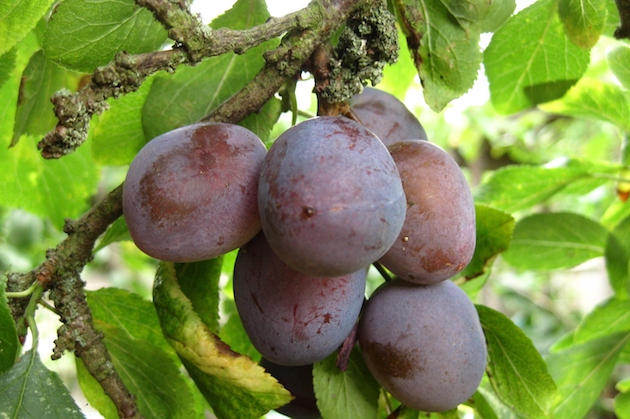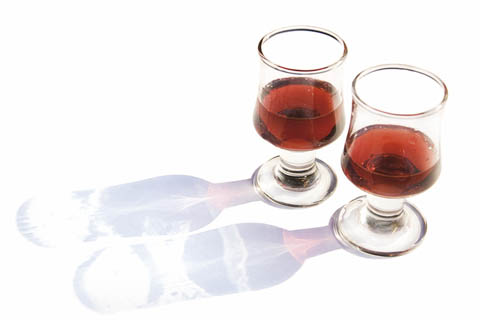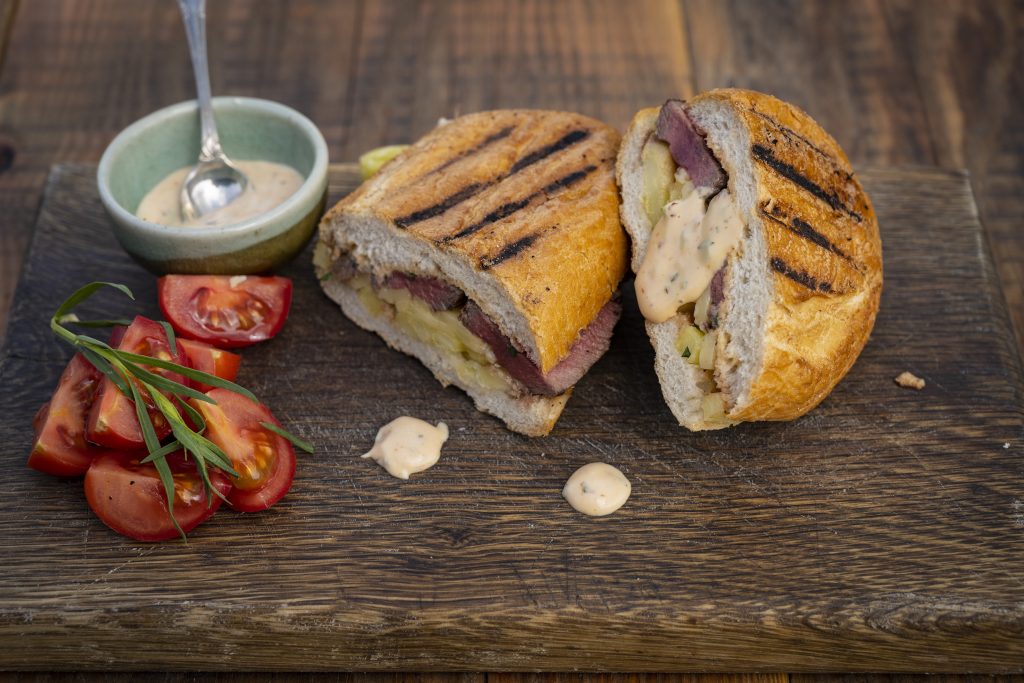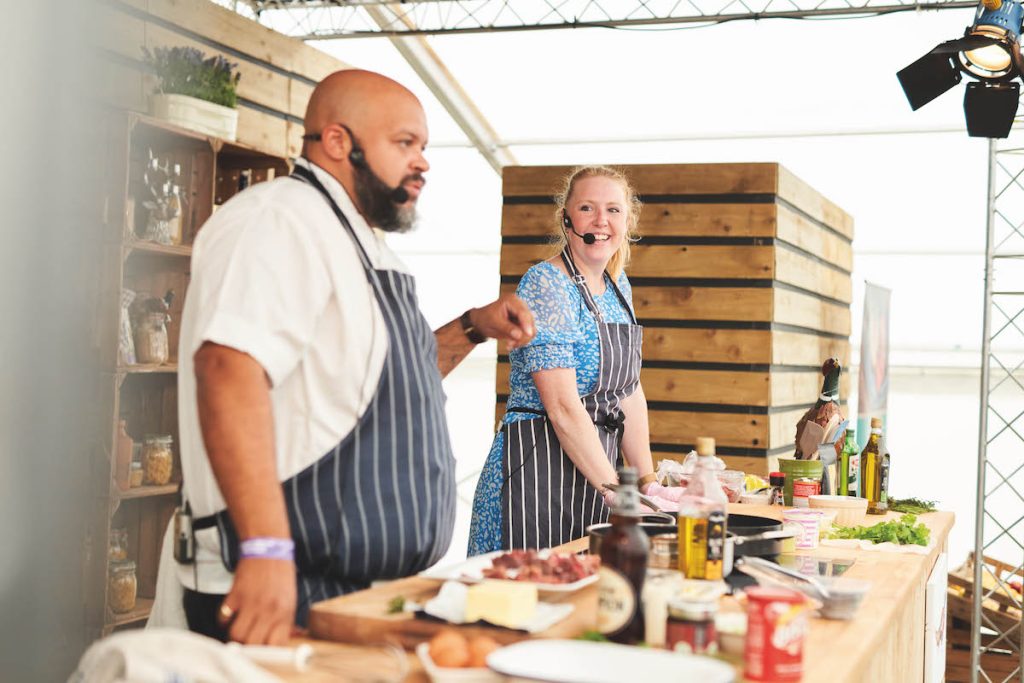Early September is the perfect time to make damson vodka when these hedgerow fruits are ripe. Use our simple recipe…
Win CENS ProFlex DX5 earplugs worth £1,149 – enter here
It’s time to make sloe gin – and here’s our recipe
Sloe gin: There's nothing like a mid-moring slug of homemade sloe gin - but there are other options too if you know what to do, where to look and when.
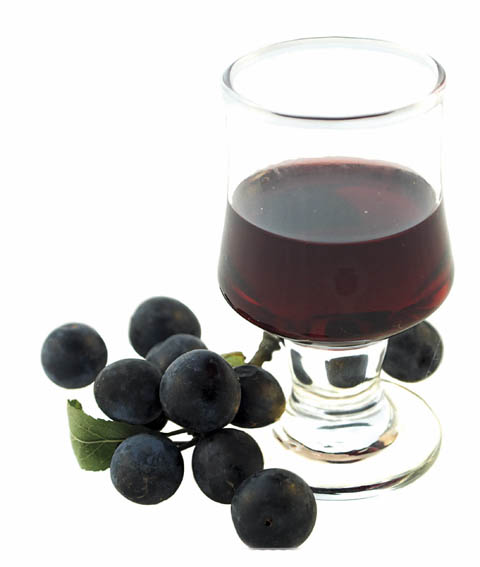
Equipment needed for sloe gin berry picking
-
- Wellies
- Basket (plastic bags squash the fruit and they’re awkward)
- A walking stick (to pull down branches or push aside something prickly)
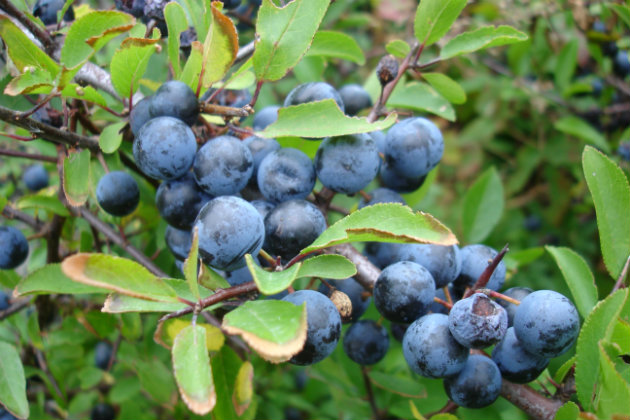
Sloes ready for making sloe gin (or vodka)
When to pick sloes
Well, as late as you dare. (Sloes are in season September until mid-November). You’re supposed to wait until the first frost (when the fruit is properly ripe) but somebody might get there first if you wait that long. On the other hand, you could always pick them before and give a nod to tradition by putting them in the freezer. (The cold breaks down the cellular structure of the berry).
There’s another advantage to freezing the sloes. When you thaw them, the skin will split naturally so you don’t have to prick each sloe individually (use a blackthorn if you’re being a traditionalist). Why does the skin need breaking? It’s so the gin takes on the rich colour of the sloe’s skin.
The sugar question
There are two schools of thought when it comes to what to do next.
The first is on how much sugar to use (opinion varies from almost none to as much as twice the weight of fruit), and the other on whether to macerate (to soften or break up) the fruit first or not.
Those in the maceration camp advocate a period with the fruit covered in sugar only to ferment and create more complex flavours. This requires rigorous cleanliness of all the equipment, as there is the danger of unwanted bacteria multiplying in the sugar-covered fruit. The process is to fully coat and cover the split fruit with sugar, usually about half the weight of the fruit, and leave in a covered container for as long as a month to ferment. The fruit is then covered in gin in the normal way. This method definitely produces a gin with more depth of flavour, but not of pure fruit flavour. Sloe gin made with macerated fruit is characterised by a nuttier aroma, and a fuller feel on the palate.
It all comes down to how much of a sweet tooth you have. Sugar will add little to the development of flavour, so can always be introduced after the steeping of the fruit has finished. Then add as you wish until you have your required taste.
Half as much sugar as fruit is a good place to start for the period of steeping, and is about as little as you get away with if you go down the maceration route. If you’re one for a dry drink, then don’t use any sugar at all.
As problems go, it’s a happy one and I suggest you experiment until you find your own modus operandi. Certainly a point for discussion with your fellow gin makers.
Sloes in the jar
- Some people use bottles to steep but I don’t know why. A wide-necked jar is much easier to work with when you decant everything later. (Everything needs to be scrupulously clean, so run it through the hottest wash in the dishwasher.)
- Three-quarter fill the jars with the sloes, add sugar (half the weight of sloes for a first try, or experiment with different ratios if you have more than one jar for steeping) and top up with gin.
- Cheap gin uses synthetic botanical flavourings. It’s not worth undermining your efforts only to spoil the sloe gin with a juniper flavour. If you’re tight on budget, then cheap vodka is a better bet. Sloe vodka is also delicious and has more of a fruity flavour. Whatever you use, hang onto the bottles as you’ll need them later.
- Steeping fruit is not fermenting, so alcohol content does not increase. You have, in fact, diluted the spirit with berry juice and sugar, so the end product can be as little as half the strength of the base spirit.
- Put the full jars in a cool, dark place to mature (exposure to light will make for a paler, browner drink), and shake every day for the first week, and occasionally thereafter for a couple of months. Decant the liquid (leaving the berries behind) using a sieve and a funnel into the original gin bottles. You might like to put a handwritten label on each bottle with the date of making.
The longer the concoction is left the more married and harmonious the flavours will become, and it will keep indefinitely once taken off the fruit. Realistically you can look forward to drinking it by Christmas.
How to drink sloe gin (or sloe vodka)
- Out of a hip flask or wide shot glasses on a cold morning out in the field
- Over ice with tonic
- As a cocktail with champagne (put a dessert spoonful in the bottom of a glass and top up with fizz. You could also use prosecco.)
Related Articles
Get the latest news delivered direct to your door
Subscribe to Shooting Times & Country
Discover the ultimate companion for field sports enthusiasts with Shooting Times & Country Magazine, the UK’s leading weekly publication that has been at the forefront of shooting culture since 1882. Subscribers gain access to expert tips, comprehensive gear reviews, seasonal advice and a vibrant community of like-minded shooters.
Save on shop price when you subscribe with weekly issues featuring in-depth articles on gundog training, exclusive member offers and access to the digital back issue library. A Shooting Times & Country subscription is more than a magazine, don’t just read about the countryside; immerse yourself in its most authoritative and engaging publication.






